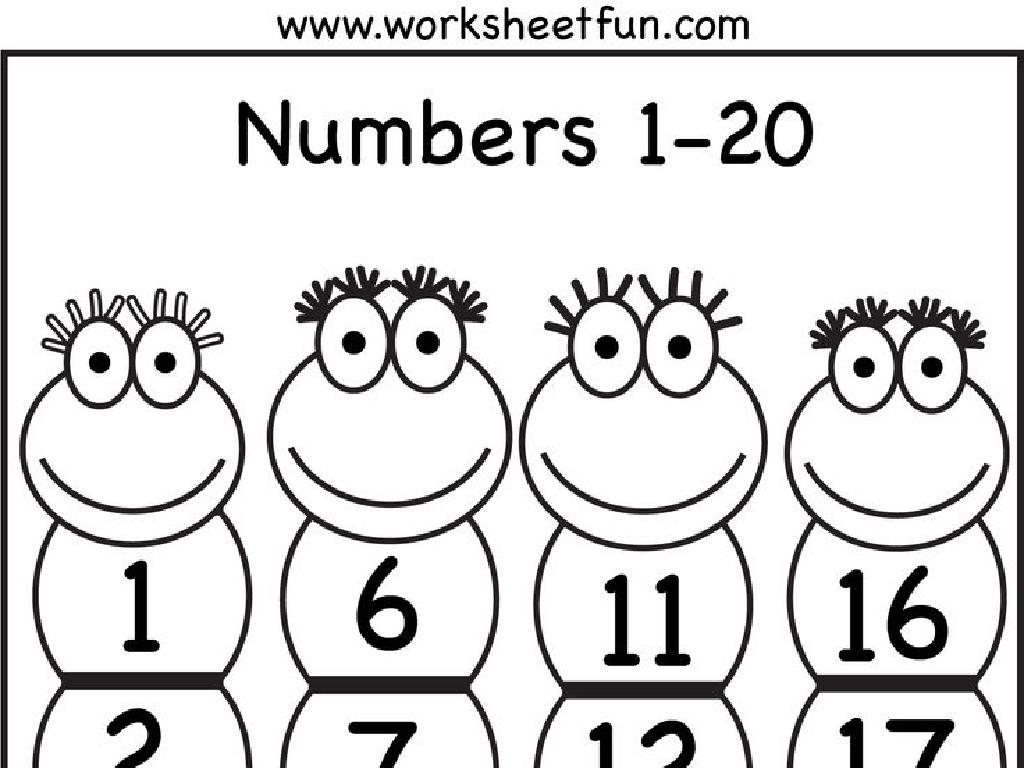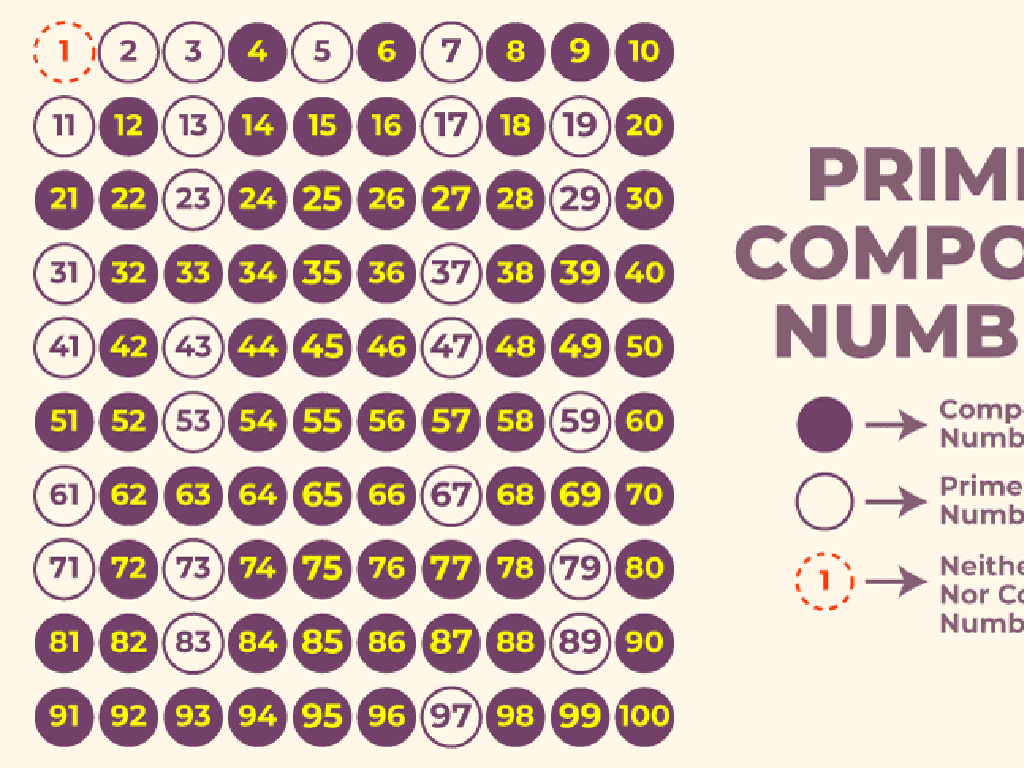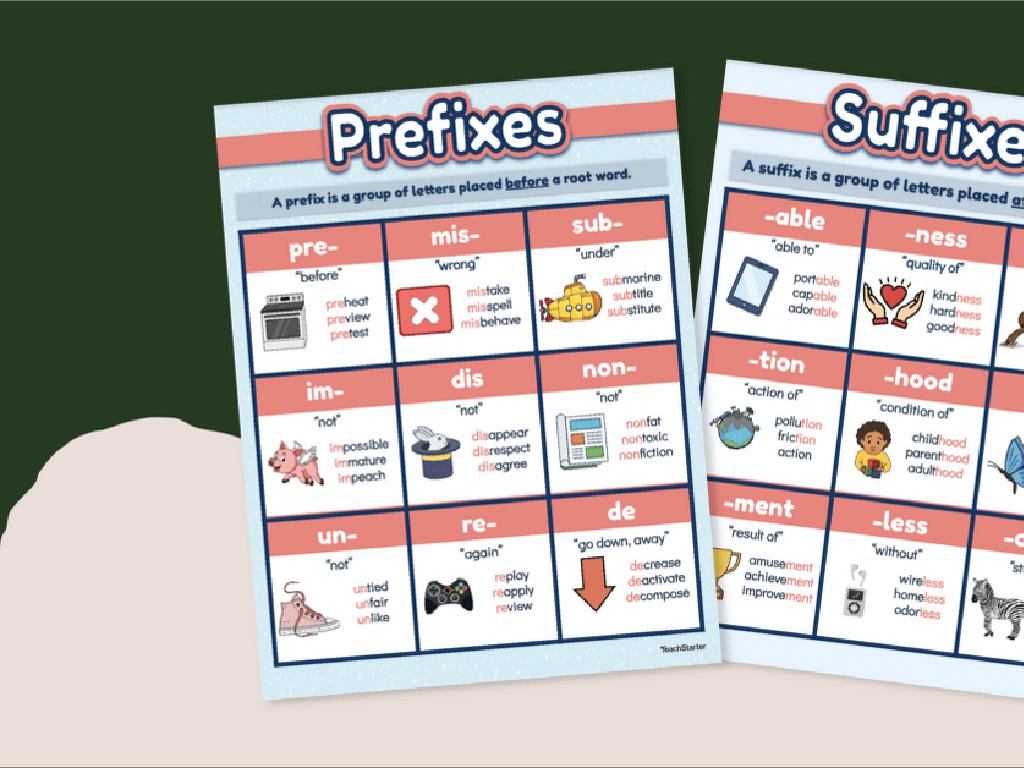Rewrite The Sentence In Active Voice
Subject: Language arts
Grade: Seventh grade
Topic: Active And Passive Voice
Please LOG IN to download the presentation. Access is available to registered users only.
View More Content
Active vs. Passive Voice
– Understand active vs. passive voice
– Active voice: the subject performs the action. Passive voice: the action is performed on the subject.
– Importance of using active voice
– Active voice makes sentences clearer and more direct.
– Convert passive to active voice
– Change ‘The ball was thrown by John’ to ‘John threw the ball’.
– Practice with examples
– Compare ‘The cake was eaten by the children’ with ‘The children ate the cake’.
|
This slide introduces the concept of active and passive voice, which is crucial for effective writing. Active voice occurs when the subject of the sentence performs the action, making the sentence more engaging and easier to understand. Passive voice, on the other hand, happens when the subject is acted upon. It’s often less direct and can be more difficult to read. Students should learn to recognize the difference and to convert passive sentences into active ones to improve their writing skills. Provide clear examples to illustrate the difference and encourage students to practice by rewriting passive sentences in the active voice. This will help them to write more concisely and with greater impact.
Transforming Passive to Active Voice
– Recognize passive sentences
– Passive voice occurs when the subject is acted upon by the verb.
– Find subject, verb, and object
– Subject: ‘who’ or ‘what’; Verb: action; Object: receiving the action.
– Convert passive to active voice
– Switch the subject and object places, and change the verb form.
– Practice with examples
– ‘The ball was thrown by John’ becomes ‘John threw the ball.’
|
This slide aims to help students identify passive voice and guide them through the process of converting these sentences into active voice. Start by explaining that in passive sentences, the subject is not doing the action but is receiving it. Then, teach students to locate the subject, verb, and object in a sentence, which is crucial for understanding sentence structure. Once identified, students can practice transforming sentences by making the subject perform the action of the verb, thus changing the sentence to active voice. Provide several examples and encourage students to rewrite them, reinforcing the concept through practice.
Active Voice in Writing
– Benefits of active voice
– Makes sentences direct and dynamic
– Active voice for clarity
– Subjects perform actions, making writing clear
– Engage readers with active voice
– Active sentences are more lively and hold attention
– Practice identifying active voice
– Find the subject doing the action in sentences
|
This slide introduces the concept of active voice and its importance in writing. Active voice is when the subject of the sentence performs the action, making the sentence more direct and powerful. It’s crucial for students to understand that active voice can enhance clarity because it makes it clear who is doing what. Additionally, active voice tends to be more engaging and keeps the reader’s attention. To practice, students should look for the subject in a sentence and ensure that it is directly performing the action. Provide examples and exercises where students can convert passive sentences into active ones to reinforce the concept.
Rewriting Sentences in Active Voice
– Steps to active voice conversion
– Identify the subject, verb, and object. Switch the subject and object places.
– From passive to active examples
– ‘The ball was thrown by John’ becomes ‘John threw the ball.’
– Class activity: Practice rewriting
– Each student will rewrite provided passive sentences actively.
– Share and discuss rewrites
– Students will present their sentences and explain the changes.
|
This slide introduces the concept of converting sentences from passive to active voice. Begin by explaining the structure of passive sentences and how they can be transformed into active ones by making the subject perform the action. Provide clear examples, showing the before and after of sentences. For the class activity, distribute sentences in passive voice and have students rewrite them in active voice. This exercise will help them understand the difference in clarity and directness between the two voices. After the activity, facilitate a discussion where students share their rewrites and explain the grammatical changes made, reinforcing their learning.
Group Activity: Active Voice Hunt
– Form small groups for the activity
– Identify passive voice sentences
– Look for ‘was’ or ‘were’ followed by a past participle
– Rewrite sentences in active voice
– Change the sentence so the subject performs the action
– Discuss the changes in class
|
This group activity is designed to help students recognize and convert passive voice sentences into active voice, enhancing their understanding of sentence structure. Break the class into small groups and provide each with paragraphs containing examples of passive voice. Students should identify the passive sentences and rewrite them in active voice. Afterward, groups will discuss their findings and the impact of active voice on sentence clarity. As a teacher, facilitate by providing guidance on spotting passive voice and tips for converting to active voice. Possible activities: 1) Comparing original and rewritten sentences, 2) Peer review of rewritten sentences, 3) Creating a class bulletin with before-and-after examples, 4) Writing a short story using active voice, 5) A competition for the most improved sentence.
Class Activity: Active vs. Passive Voice
– Write 3 passive voice sentences
– Exchange papers with a peer
– Convert sentences to active voice
– For example, change ‘The ball was thrown by John’ to ‘John threw the ball.’
– Discuss the changes with your classmate
|
This activity is designed to help students understand the difference between active and passive voice by practicing writing and converting sentences. Start by explaining that in passive voice, the subject is acted upon by the verb, and in active voice, the subject performs the action. Have each student write three sentences in passive voice on a piece of paper. After writing, students will swap their papers with a classmate and rewrite the sentences in active voice. Encourage them to notice how the sentence structure changes and how the subject of the sentence becomes more prominent in active voice. Once they have rewritten the sentences, students should discuss with their classmates why the active voice is often more direct and engaging. Provide guidance and examples as needed.
Review and Reflect: Active vs. Passive Voice
– Recap active and passive voice
– Active voice: subject performs the action. Passive voice: subject receives the action.
– Understand active voice preference
– Active voice makes sentences clearer and more direct.
– Reflect on class activities
– How did the activities help us distinguish between the two voices?
– Discuss application in writing
|
This slide aims to consolidate the students’ understanding of active and passive voice. Begin by reviewing the definitions of active and passive voice, emphasizing that in active voice, the subject of the sentence performs the action, while in passive voice, the subject is acted upon. Discuss why active voice is generally preferred, as it tends to make sentences more concise and dynamic, which is particularly important in persuasive writing. Reflect on the activities completed in class, asking students to share insights or difficulties they encountered. This discussion will help reinforce their learning and demonstrate the practical application of using active voice in their own writing.
Homework: Mastering Active Voice
– Write a story in active voice
– Create a narrative with subjects performing actions directly
– Find and revise passive sentences
– Look for sentences where the subject is acted upon and rewrite them actively
– Study for active/passive voice quiz
|
This homework assignment is designed to reinforce the students’ understanding of active and passive voice. By writing a short story, students will practice constructing sentences where the subject is the doer of the action, which is the essence of active voice. Additionally, they will enhance their editing skills by identifying and converting passive sentences from a provided text into active ones. This exercise will prepare them for an upcoming quiz on active and passive voice. Encourage students to be creative with their stories and to carefully analyze sentence structures. Provide examples of passive sentences and their active counterparts to guide their revisions. The quiz should cover identification of voice, conversion between voices, and understanding the appropriate use of each voice in writing.





